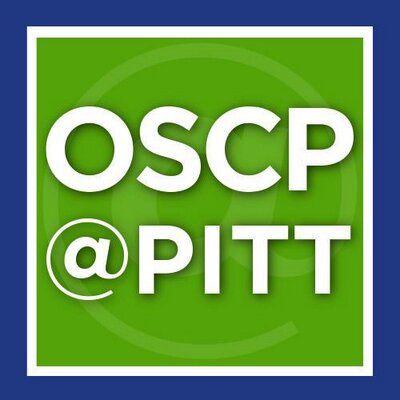Geng, Hongyao
(2018)
Wide-Spectrum Anti-Biofouling Digital Microfluidics by Electrowetting and Dielectrowetting.
Doctoral Dissertation, University of Pittsburgh.
(Unpublished)
Abstract
This dissertation presents the research in digital microfluidics by introducing the concept of dielectrowetting, as well as anti-biofouling surface. Generating, splitting, transporting, and merging droplets are fundamental and critical operation units for digital (droplet-based) microfluidics. The state-of-the-art operations commonly performed by electrowetting-on-dielectric (EWOD) in the configuration of two parallel channel plates. This dissertation presents such operations using dielectrowetting (derived from liquid dielectrophoresis), not EWOD, with an array of interdigitated electrodes. Upon voltage applied, the electrodes will generate strong fringing electric fields near the surface, which highly enhance the dielectrophoretic force for dielectric fluids. The contact angle of dielectric droplet changes dramatically with dielectrowetting, which is not achievable with electrowetting. The major and unique feature of the novel design is that the droplet manipulations are effective for conductive and non-fluids. An equally important aspect is that the manipulations are performed in an open space without the covering top plate, which not only simplifies the structure and operation procedure, but could also eliminate the restriction to the handling fluid volume. Another important bottleneck of digital microfluidics, including electrowetting and dielectrowetting, is the biofouling problem when applied in biological area. Since aqueous environment is essential for cell, protein, DNA or other bio-solutes, electrowetting seems a promising strategy to actuate such droplets. However, the droplets are prone to adhere to conventional hydrophobic surface firmly, rendering the contamination and failure of digital microfluidic devices. Based on the current progress in interfacial science, a slippery liquid infused porous surface (SLIPS) is applied to digital microfluidics for the first time. Such device shows a remarkable anti-biofouling performance when bio-solutions, such as blood, protein and DNA, are actuated by electrowetting. The surface is robust under the hundreds of actuations of electrowetting, as well as for extremely high concentration of protein droplet. In addition, SLIPS is also effective for sticky and viscous fluids. Combining electrowetting and dielectrowetting, complex fluids can be transported on such surface, which is impossible for conventional digital microfluidics. The wide-spectrum anti-biofouling digital microfluidics fundamentally overcomes the challenging issues, broadening the applications in the fields of biotechnology, chemistry and clinical diagnostics.
Share
| Citation/Export: |
|
| Social Networking: |
|
Details
| Item Type: |
University of Pittsburgh ETD
|
| Status: |
Unpublished |
| Creators/Authors: |
|
| ETD Committee: |
| Title | Member | Email Address | Pitt Username | ORCID |
|---|
| Committee Chair | Cho, Sung Kwon | skcho@pitt.edu | skcho | | | Committee Member | Robertson, Anne | | | | | Committee Member | Chun, Youngjae | | | | | Committee Member | Lee, Sangyeop | | | |
|
| Date: |
25 September 2018 |
| Date Type: |
Publication |
| Defense Date: |
26 June 2018 |
| Approval Date: |
25 September 2018 |
| Submission Date: |
26 July 2018 |
| Access Restriction: |
1 year -- Restrict access to University of Pittsburgh for a period of 1 year. |
| Number of Pages: |
136 |
| Institution: |
University of Pittsburgh |
| Schools and Programs: |
Swanson School of Engineering > Mechanical Engineering and Materials Science |
| Degree: |
PhD - Doctor of Philosophy |
| Thesis Type: |
Doctoral Dissertation |
| Refereed: |
Yes |
| Uncontrolled Keywords: |
digital microfluidics, anti-biofouling, electrowetting, dielectrowetting |
| Date Deposited: |
25 Sep 2018 16:24 |
| Last Modified: |
25 Sep 2019 05:15 |
| URI: |
http://d-scholarship.pitt.edu/id/eprint/35028 |
Metrics
Monthly Views for the past 3 years
Plum Analytics
Actions (login required)
 |
View Item |








